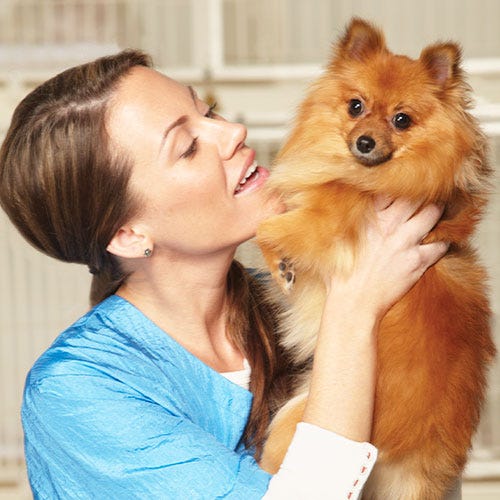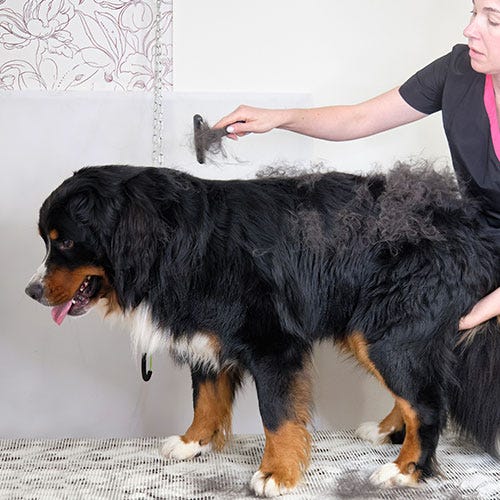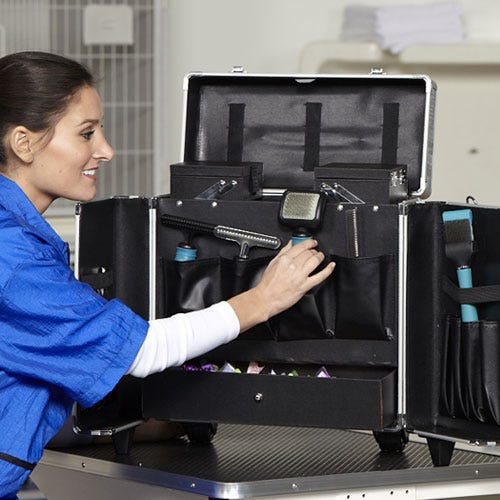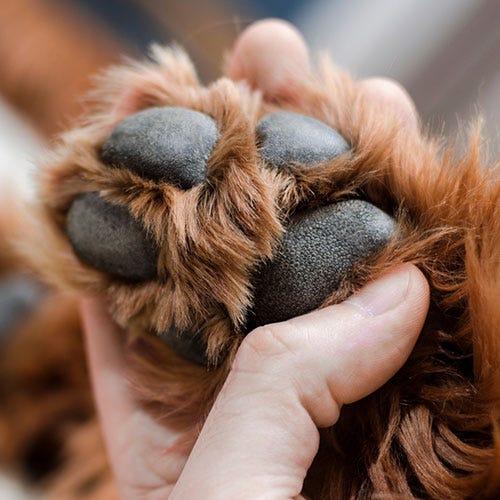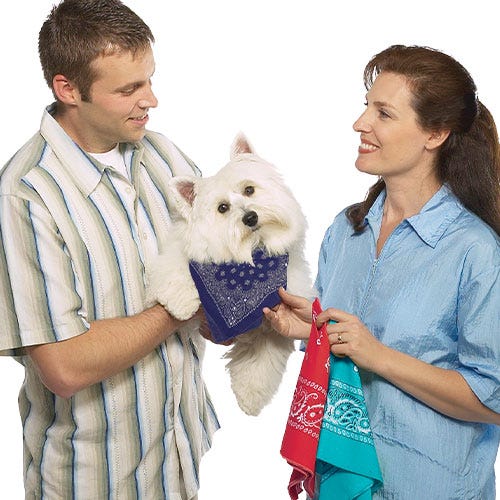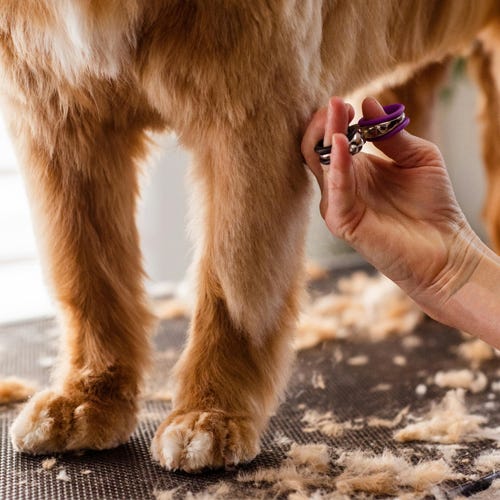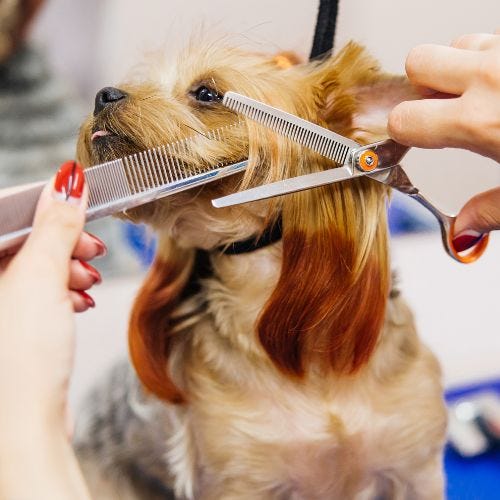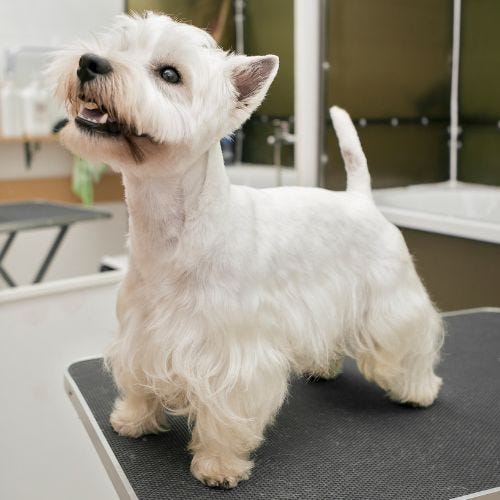Most groomers see a fair number of wire-coated breeds on their tables. A few examples are Airedale Terriers, Scottish Terriers, West Highland White Terriers, Cairn Terriers, and Schnauzers. These and many more are familiar breeds that require regular grooming.
Because most pet groomers in the United States do not offer hand stripping, these breeds are commonly clipped. Wire-haired breeds are double-coated, and clipping them dramatically changes the color and texture of the coat over time. This is because clipping prevents the topcoat from growing normally. The wire-textured guard hairs remain stuck in the hair follicle if not manually stripped or carded out, and the softer, denser undercoat remains. In some cases, the retained topcoat can cause itching and skin problems.
Groomers can help to maintain some of the texture and color on clipped wire-coated breeds by using a tool such as the Andis Shedless tool to pull out some of the dead under and top coat before clipping. This type of tool will cut some of the hair, but if used properly with the lay of the fur on pet-type grooms, it is a very effective way to remove dead hair and encourage the regrowth of harsher topcoat.
Even more effective is taking time to card the fur after clipping. To card the coat, use a stripping knife. I prefer using a fine-toothed, classic-style knife, but some groomers choose the coarse style. Hold the knife so it is almost flat against the coat, and while keeping the skin snug with the hand that is not holding the knife, drag the tool over the coat in the direction the hair grows. You will see dead, dull undercoat catch on the teeth of the knife. Go over the coat in sections, carding until very little hair emerges with each stroke. Use care when working around bony areas such as the occiput, hip bones, and joints to prevent skin irritation.
If you take some time to do this each time the pet is groomed and clipped, you will see that some of the guard hairs' rich color and wire texture will be encouraged to grow back. Carding is not a replacement for hand-stripping wire coats, but it is a handy tool to promote skin health and maintain a semblance of a proper wire coat.
The next time a jaunty terrier or other wire-haired dog graces your grooming table, give your deshedding and carding tools a workout. After a few such sessions, you should see a difference in the condition of the dog's coat.



